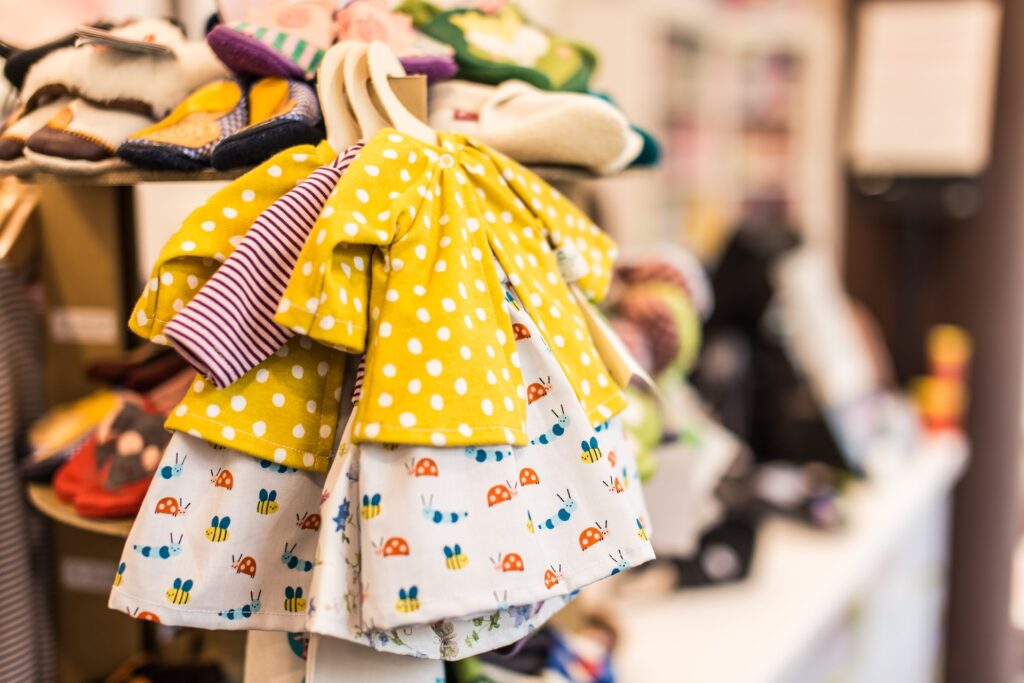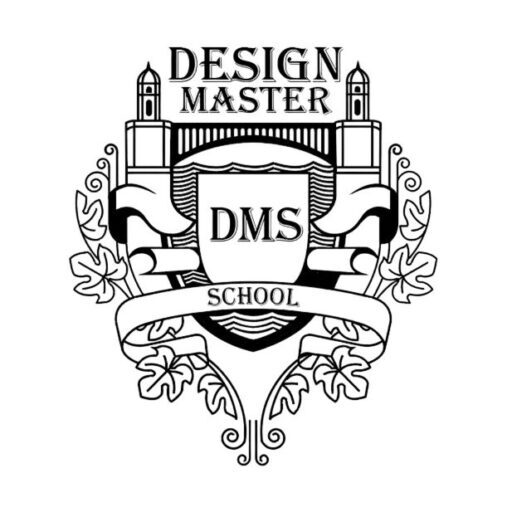Professional diploma programme in kids wear

Professional diploma programme in kids wear
A professional diploma program in kids’ wear is tailored to provide specialized training in the design, creation, and styling of children’s clothing. This program focuses on the unique aspects of designing and producing apparel for infants, toddlers, and young children. Here are key components and potential benefits of a professional diploma program in kids’ wear:
1. Child Development and Ergonomics:
• Understanding the growth and development stages of children.
• Applying ergonomic principles to design comfortable and age appropriate clothing.
2. Design Principles for Children’s Wear:
• Learning design fundamentals tailored to children’s fashion.
• Incorporating playful and age-appropriate elements in designs.
3. Fashion Illustration and Concept Development:
• Developing skills in sketching and illustrating children’s wear designs.
• Creating concepts that resonate with children and their parents.
4. Pattern Making and Garment Construction:
• Mastering the technical aspects of pattern making for children’s clothing.
• Hands-on experience in constructing garments suitable for various age groups.
5. Fabric Selection and Safety Standards:
• Understanding the selection of child-friendly fabrics.
• Adhering to safety standards for children’s clothing.
6. Color and Print Considerations:
• Exploring color theories and trends suitable for children’s wear.
• Designing prints and patterns that appeal to children and meet safety standards.
7. Styling for Kids:
• Coordinating outfits and accessories for a cohesive look.
• Balancing style and functionality in children’s fashion.
8. Market Trends and Consumer Behavior:
• Staying informed about market trends in children’s fashion.
• Understanding the preferences of parents and caregivers.
9. Technical Skills and Technology:
• Using sewing machines and other tools specific to children’s garment construction.
• Incorporating technology, such as CAD (Computer-Aided Design), for designing and pattern making.
10.Ethical Considerations and Sustainable Practices:
• Adhering to ethical standards in the production of children’s wear.
• Integrating sustainable practices in design and manufacturing.
11.Portfolio Development:
• Building a portfolio showcasing a variety of children’s wear designs.
• Highlighting creativity, attention to detail, and a diverse range of styles.
12.Industry Exposure and Internships:
• Gaining practical experience through internships or collaborations with children’s wear brands.
• Understanding the dynamics of the children’s fashion industry.
Completing a professional diploma program in kids’ wear prepares individuals for careers as children’s wear designers, product developers, or entrepreneurs in the children’s fashion market. The program equips students with the specialized knowledge and skills needed to create safe, comfortable, and stylish clothing for the youngest members of society.

